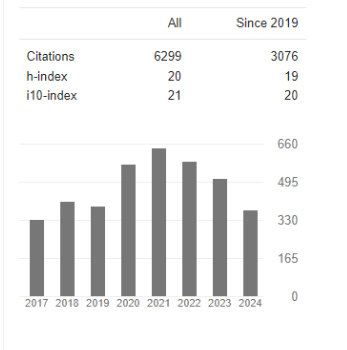Cough and Protracted Bacterial Bronchitis (PBB) in Children Analytic View
Abstract
Pablo Cortes-Borrego, MD
The evolution of the concept of PBB is analyzed over time since it appeared as protracted Bronchitis, later protracted bacterial bronchitis (PBB), and finally its "clinical" version, which avoids the need to perform fiberoptic bronchoscopy in children [1-3]. However, this deviates in a significant manner from the principle on which the concept is based, giving rise to the idea of a disease that only affects children with the main characteristic of bacteriological isolation from lower airways.
On the other hand, the clinical diagnosis of PBB is made by excluding other diseases through so-called “pointers to specific cough, primarily for chronic cough1” with a posterior reference of signs and symptoms called specific cough pointers[2]. and Finally, in 2020, “Pointers to presence of specific cough” [4].
Comments are then made on how asthma (and early wheezing) and posterior nasal drip syndrome are ruled out as im- portant causes of chronic and recurrent cough in children.
In conclusion, the causes of acute and chronic cough in children, with a few exceptions, are quite comparable to the caus- es of cough in adults. Therefore, an easy and more accurate way of diagnosing cough in children could be to reconsider our concepts of so-called cough pointers, upper airway cough syndrome, and asthma (and early wheezing) in children.




